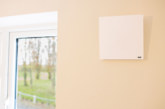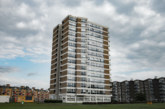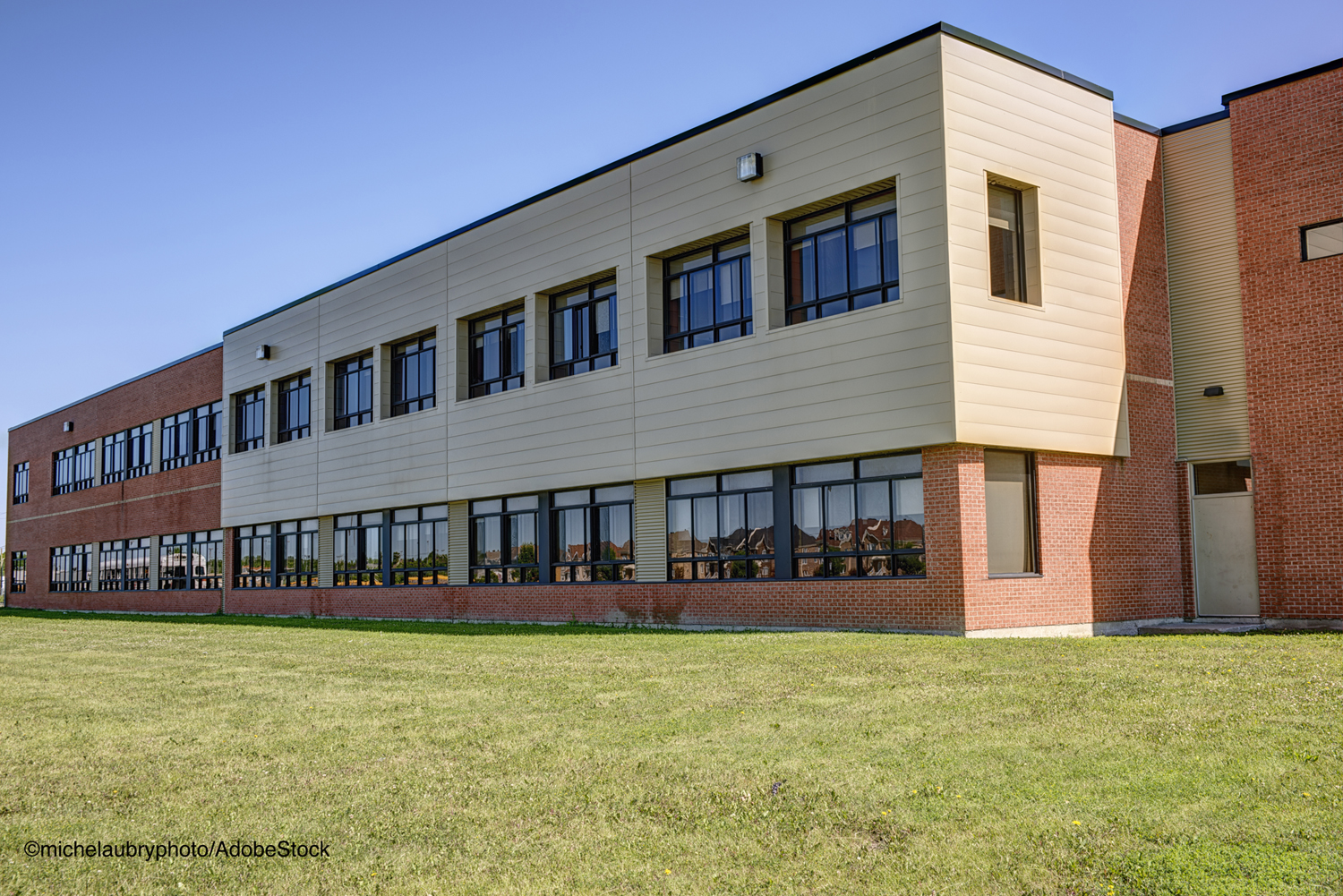
Cost-effective boiler replacement is widely considered an energy saving quick win. So why do some replacement boilers fail to deliver? Chris Meir, Sales Director at Remeha, looks at how to maximise the performance of condensing boilers.
The spotlight is firmly on heating following the Government’s publication of its Clean Growth Strategy. Reducing energy waste from heating is key to achieving more energy-efficient buildings and meeting the nation’s 80% emissions reduction target by 2050. More reliable, effective heating will improve comfort levels in our schools and workplaces, increasing the wellbeing — and ultimately the productivity — of its occupants.
Ensuring that a heating system operates efficiently and effectively makes financial and environmental sense. With many UK public buildings still relying on dated, inefficient non-condensing commercial boilers for their heating, there is huge scope for energy and emissions savings. Cost-effective plant replacement is widely considered as the low-hanging fruit of energy efficiency measures.
Condensing boilers offer the highest efficiencies of all boiler types. Their ability to recover both the sensible and latent heat in flue gases — which is otherwise lost in non-condensing boilers — makes them up to 11% more efficient. The Carbon Trust puts the potential savings from an upgrade to this affordable boiler technology at around 20% with rapid payback.
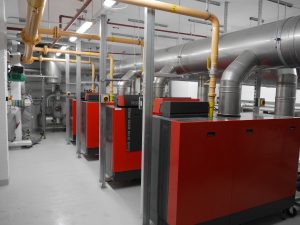
But achievable efficiency is one thing — the actual performance comes down to how the equipment is applied. To maximise efficiencies and savings, condensing boilers must be installed in such a way that they can fully condense. Legislation like the European Union’s Energy-related Product Directive (ErP) is effectively driving a move away from non-condensing boilers to condensing boilers on small- to medium-sized projects up to 400kW.
Design
The first consideration on older systems is the flow and return temperatures. For condensing boilers to achieve their maximum combustion efficiency, the return temperature needs to be below dew point, which is normally 54°C. In existing buildings where radiator circuits are typically sized on 82°C flow and 71°C return temperatures, lowering the temperatures to 80°C/ 60°C will help the boilers to achieve their higher efficiencies.
Controls
Good controls are essential and should be addressed at the outset. Weather compensation, for example, is key to maximising boiler efficiency. An exterior sensor measures the outside temperature, and then adapts the flow and return temperatures of the boilers to match the heating demand of the building. In this way, it ensures that the boilers operate in condensing mode for more of the year to reduce energy consumption and costs.
Applying the appropriate controls not only helps boilers to achieve higher efficiencies but also enables optimum boiler performance to be maintained. We recommend including time, optimisation and full temperature controls (as well as sequencing controls for multiple-boiler systems), all of which must be fully integrated into the Building Management System.
Installation
Sharing the load across multiple boilers is increasingly popular as this configuration allows the condensing boilers to operate at part load where they perform more efficiently. An added advantage of this arrangement is that it increases the turndown ratio which helps the modulating boilers match the fluctuating load requirements more closely.
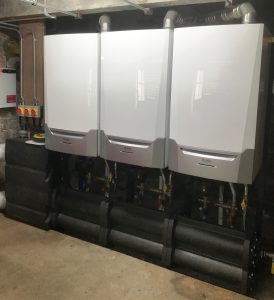
Maintenance
As with all boiler types, implementing a proactive maintenance and servicing programme will maintain optimum operation and, by flagging any potential issues early on, reduce the possibility of plant failure. When it comes to controls, manufacturers like Remeha are innovating to make them more intuitive to use. Control settings should also be checked routinely to ensure optimum building performance.
Long-term energy savings
With some condensing boilers now in their fourth or even fifth generation, they offer a tried-and-tested solution to reliable, cleaner heating. Capable of achieving near maximum efficiencies with ultra-low NOx emissions, the latest advanced models are future-proofed to all legislative requirements. Aside from immediate energy savings and reduced greenhouse gas emissions, benefits include improved maintenance and the positive impact on occupant wellbeing. Designed for easier installation, these boilers are increasingly compact and lightweight with flexible design options that help overcome space challenges and access restrictions.
Installing multiple condensing boilers provides inherent versatility to increase or decrease output should the building’s use change. There is the added option to operate condensing boilers in conjunction with technologies like Combined Heat and Power units or gas absorption heat pumps to create a low carbon building.
For many buildings, efficiency starts with the boilers. Condensing boilers have the potential to transform the energy performance of a building, but good system design is central to achieving the maximum benefits. We at Remeha look forward to supporting Estates Managers, M&E engineers and contractors with our knowledge of this advanced technology to gain the maximum benefits and avoid the dreaded performance gap.


